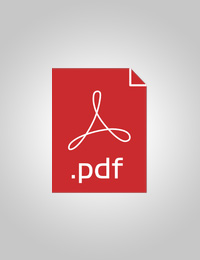
End of Project Evaluation: Sustainable Energy Solutions for Rural Livelihoods in DPRK (SES)
Completedon 31 Jan, 2020
Evaluation Plan
Planned End Date
Mar 2020
Evaluation Type
Project
Management Response
Yes
Evaluation Budget
$60,000
Summary
See attached
Evaluation Title
End of Project Evaluation: Sustainable Energy Solutions for Rural Livelihoods in DPRK (SES)
Atlas Project Number
00090996
Plan Period
Status
Completed
Type
Project
Plan Date
31 Mar, 2020
Completion Date
31 Jan, 2020
Budget
$60,000
Expenditure
$30,000
Source of Funding
TRAC
Management Response
Yes
Quality Assessment
Yes
Joint Programme
No
Joint Evaluation
No
GEF Evaluation
No
Countries
DPR Korea
Comments
Atlas Project Number
00090996
Plan Period
Status
Completed
Type
Project
Management Response
Yes
Plan Date
31 Mar, 2020
Quality Assessment
Yes
Completion Date
31 Jan, 2020
Joint Programme
No
Joint Evaluation
No
Budget
$60,000
GEF Evaluation
No
Expenditure
$30,000
Source of Funding
TRAC
Countries
DPR Korea
Comments
Yes
Expand
Output 1.5.1 Solutions adopted to achieve universal access to clean, affordable and sustainable energy
Organisational Output 2.1 UNDP recognized as a development partner of choice
1: Others



The evaluation has been planned in the Project Document